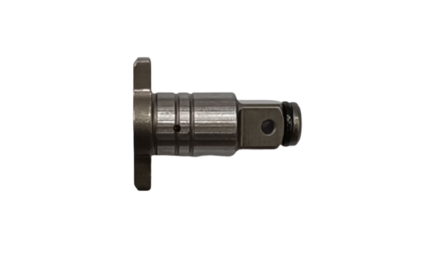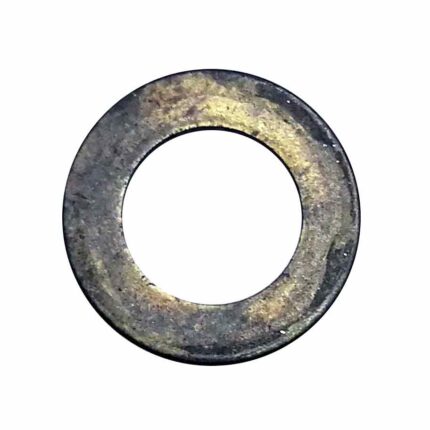The Power Conductor: Unveiling the Angle Grinder Switch
The angle grinder switch is the control center at your fingertips. It’s the crucial component that grants you the power to activate and deactivate the grinding wheel, allowing for precise control during cutting, grinding, and polishing tasks. Let’s delve into the world of this essential element:
Function:
- Power On/Off Control: The primary function of the angle grinder switch is to provide control over the flow of electricity to the motor. By flipping the switch, you can either complete the circuit and activate the motor, powering the grinding wheel, or interrupt the circuit and deactivate the motor, stopping the grinding wheel. This control allows for safe and efficient operation.
Types of Switches:
- Slide Switch: A common type of switch is the slide switch. It features a button or lever that you slide to the “on” or “off” position. This design is simple and easy to use, even when wearing gloves.
- Paddle Switch: Another popular option is the paddle switch. This switch requires you to depress a lever with your thumb or fingers to activate the motor. Paddle switches can offer more control for specific tasks or be a safety feature, requiring a deliberate action to engage the grinder.
- Lock-On Switch (Optional): Some angle grinders might have a lock-on switch feature. This allows you to lock the switch in the “on” position for continuous grinding without needing to hold the switch down constantly. However, it’s crucial to use the lock-on feature with caution, as it can increase the risk of accidents if the grinder is not properly secured.
Safety Features:
- Trigger Lock: Many angle grinders incorporate a trigger lock mechanism. This feature typically involves a button or lever that needs to be depressed before you can activate the switch. This helps prevent accidental activation of the grinder, especially during storage or tool changes.
- Dead Man’s Switch (Some Models): In some advanced models, you might find a dead man’s switch. This switch requires constant pressure to maintain power to the motor. If the user loses grip on the switch, the grinder automatically shuts off, enhancing safety.
Construction:
- Material: Angle grinder switches are typically constructed from durable materials like plastic or metal to withstand wear and tear during operation. The internal electrical components are housed within the switch body.
Maintenance:
- While the switch is a robust component, dust and debris can accumulate over time, potentially hindering its smooth operation. Regularly cleaning the switch area with a damp cloth (ensure the grinder is unplugged) can help prevent issues.
- If you experience switch malfunctions like difficulty turning the grinder on or off, it’s crucial to consult a qualified technician for proper diagnosis and repair. Replacing a faulty switch can restore your angle grinder’s functionality and ensure safe operation.
In Conclusion:
The angle grinder switch is the conductor of your grinding experience. By understanding its types, functions, and safety features, you can utilize it effectively for precise control and prioritize safety during operation. Remember, proper maintenance practices and addressing any switch malfunctions promptly are essential for continued safe and efficient use of your angle grinder.












Reviews
There are no reviews yet.